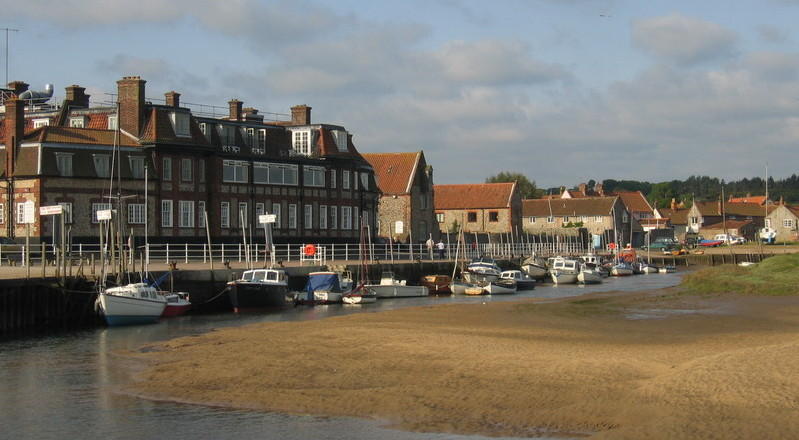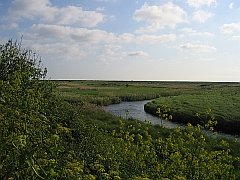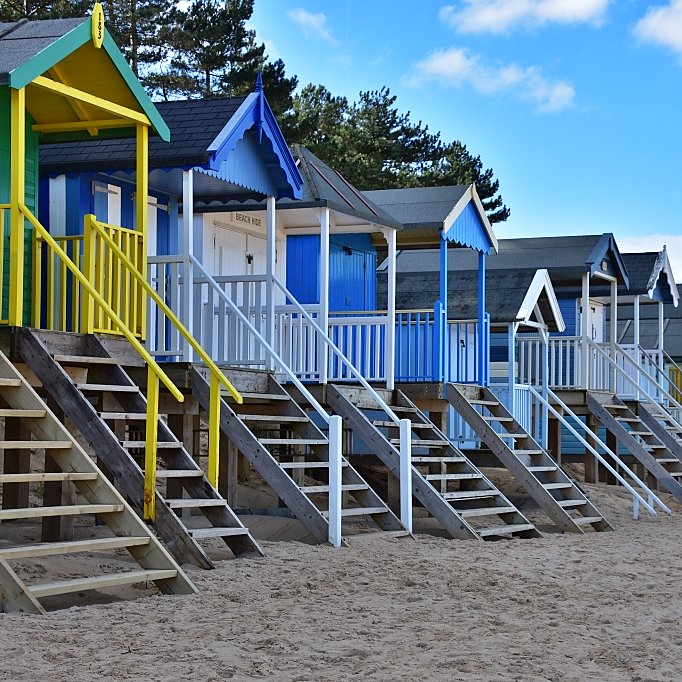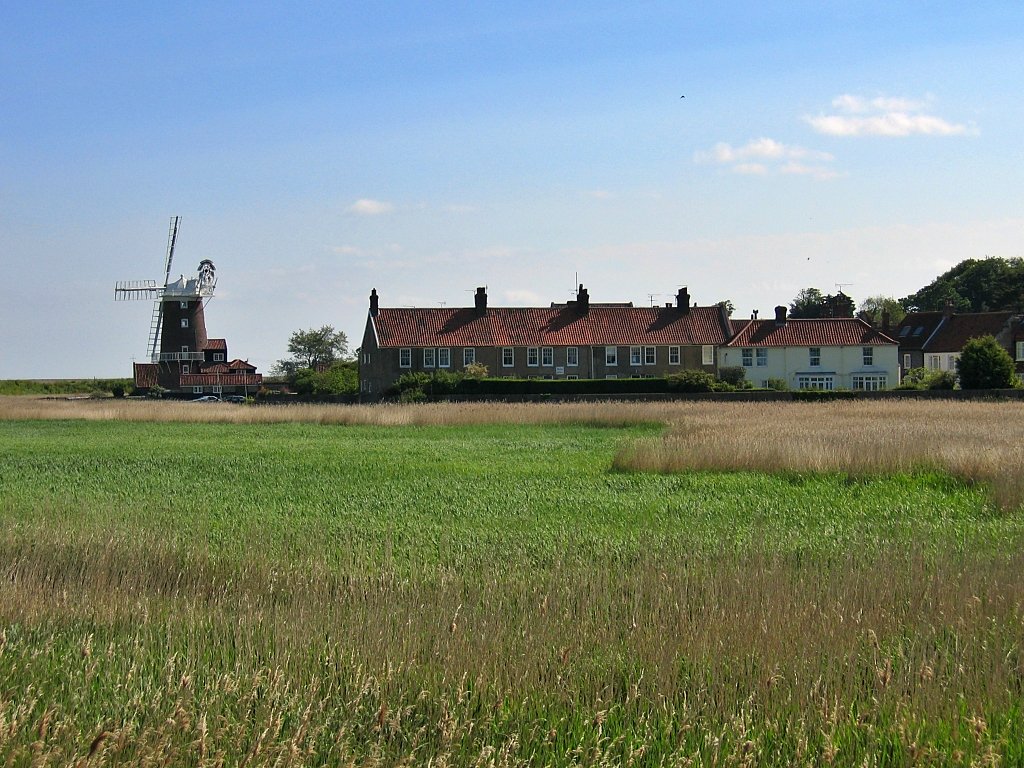Exploring English Castles
Castle Rising in Norfolk
We love exploring English castles and discovering their history as each castle has a different story to tell. Some allow you to walk in the footsteps of royalty, others tell the story of long sieges and horrifying, bloody battles, and yet others help us remember the cruelty that prisoners endued in the dungeons.
Reading about English castles is one thing. Walking their walls, peering through the arrow slits at the vista the bowmen would have seen, shivering in the damp of the dungeons, or promenading through grand rooms like a great lord is... something else altogether.
Living in the landlocked county of Northamptonshire, we often take days out to the seaside. On this occasion, our day out in Norfolk combined a fish and chip lunch at the popular holiday resort of Hunstanton with a visit to the pretty village of Castle Rising, which was described as an active community in the 1086 Domesday Book, and is now dominated by the dramatic ruin of its grand castle.
Castle Rising boasts one of the greatest surviving Norman keeps in England, plus twelve acres of impressive, banked earthworks. Although well defended by its massive ramparts, the actual use of Castle Rising is hotly debated. Some historians regard it as a great stronghold, while others consider the large windows and think it was fortified luxury hunting lodge. Whichever side is correct, the quality of the existing stonework suggests it was an impressive residence, whether or not it was geared for warfare.
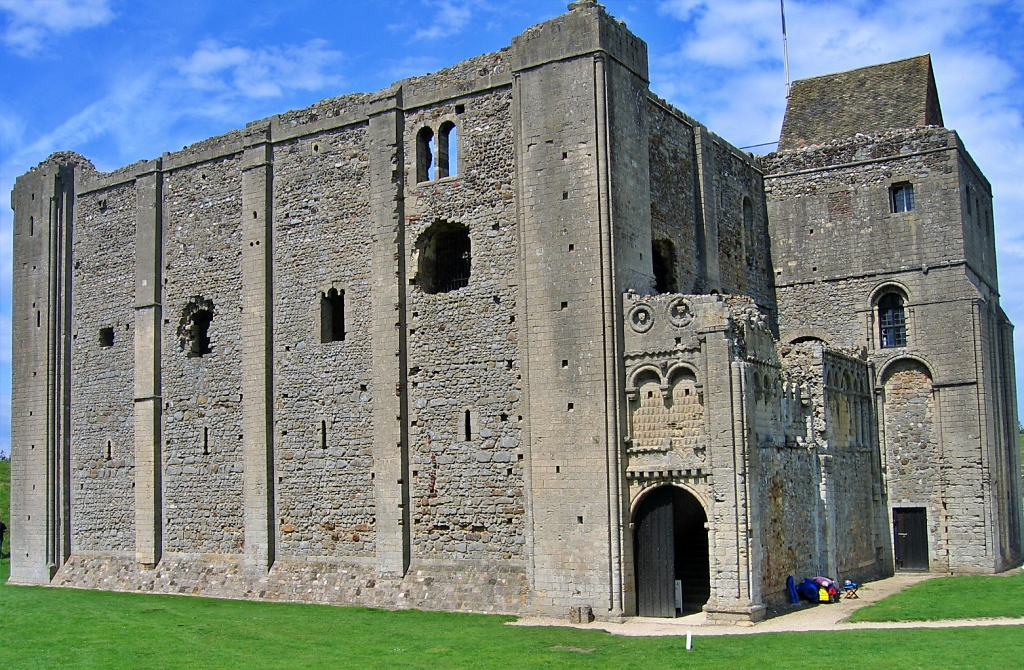 Exploring English Castles - The Front Entrance to Castle Rising © essentially-england.com
Exploring English Castles - The Front Entrance to Castle Rising © essentially-england.comBrief History of Castle Rising
The commanding Castle Rising was built around 1140 by William d’Albini II who became one of the most powerful men in England after marrying King Henry I’s widow, Queen Adelicia of Louvain and becoming the Earl of Arundel. The castle was modelled on the great Norman castle in Norwich, and it is thought that he went to extravagant lengths to make it a luxurious home with a well-stocked deer park for entertainment.
An oval-shaped inner bailey of about 320 metres in circumference encloses the fabulous square keep. To the east and west lay smaller, rectangular baileys. And the striking rampart banks - about 15 metres high from top to bottom - might originally have been topped with wooden palisades.
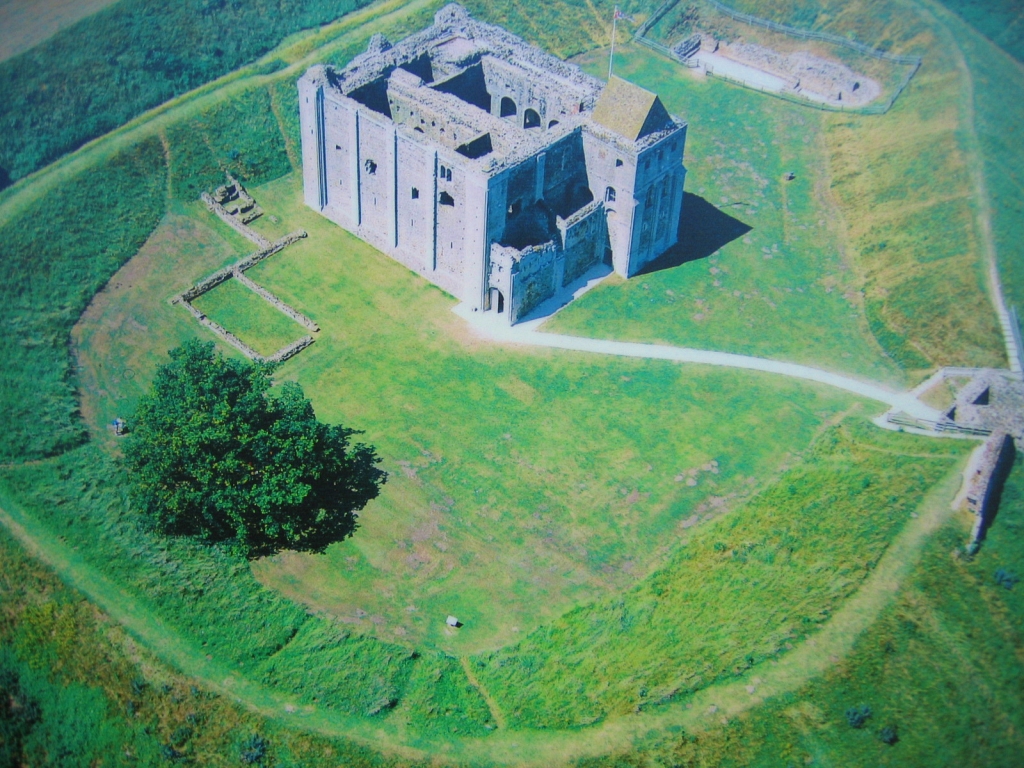 Aerial View of Castle Rising Inner Bailey (photo from English Heritage information board) © essentially-england.com
Aerial View of Castle Rising Inner Bailey (photo from English Heritage information board) © essentially-england.comIn 1243, the castle passed to the de Montait family, who owned it for ninety years before selling it to Queen Isabella, the mother of King Edward III. Isabella lived a happy life in the castle, adding a west wing to house her new residential suite and chapel. It may have been at this time that she built a stone wall on top of the defensive ramparts, a small part of which still exists.
By the fifteenth century, Castle Rising was falling into disrepair, and as the years passed materials from the site were used to make repairs on other structures.
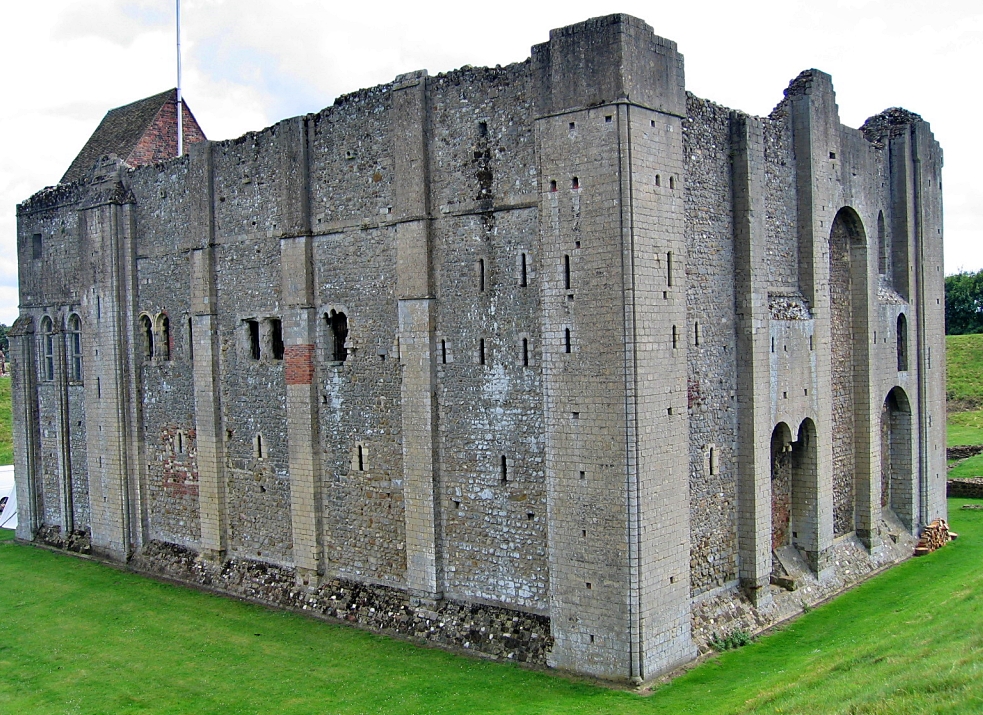 The Back of Castle Rising © essentially-england.com
The Back of Castle Rising © essentially-england.comExploring English Castles - Castle Rising in Norfolk
From the car park you approach Castle Rising from the east bailey to cross a medieval stone bridge. The bridge takes you across the first ditch where, in front of you, is the gatehouse flanked either side by a further tall grassy bank. The gatehouse would have been guarded and had heavy portcullis gates.
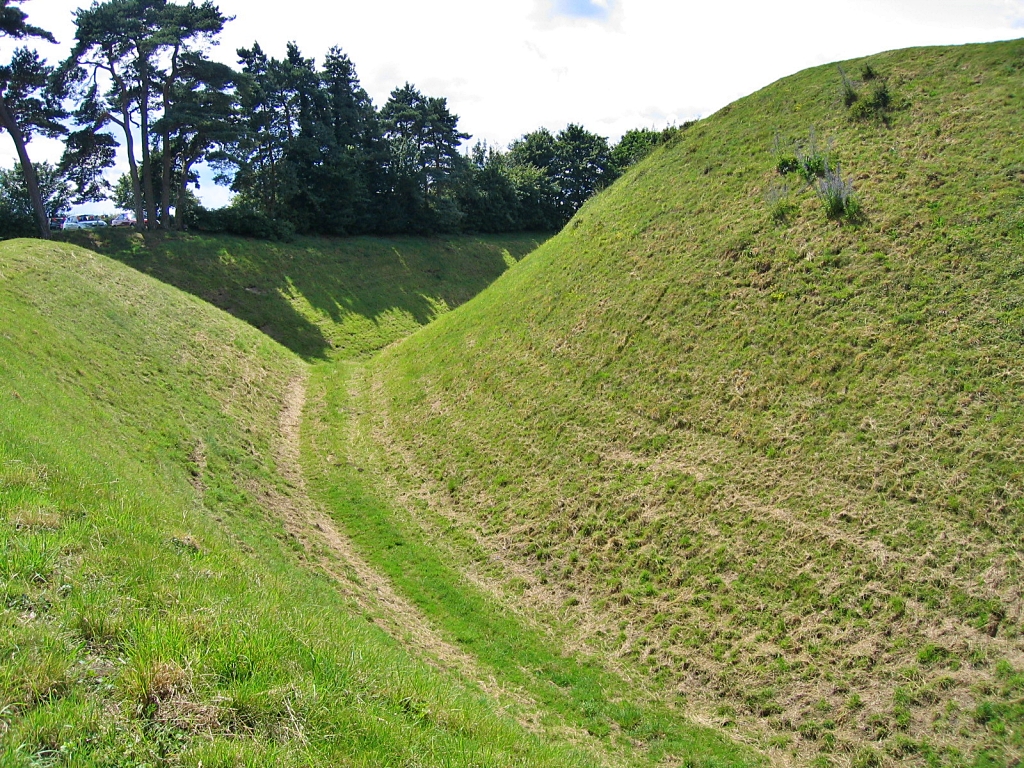 Defensive Ramparts © essentially-england.com
Defensive Ramparts © essentially-england.com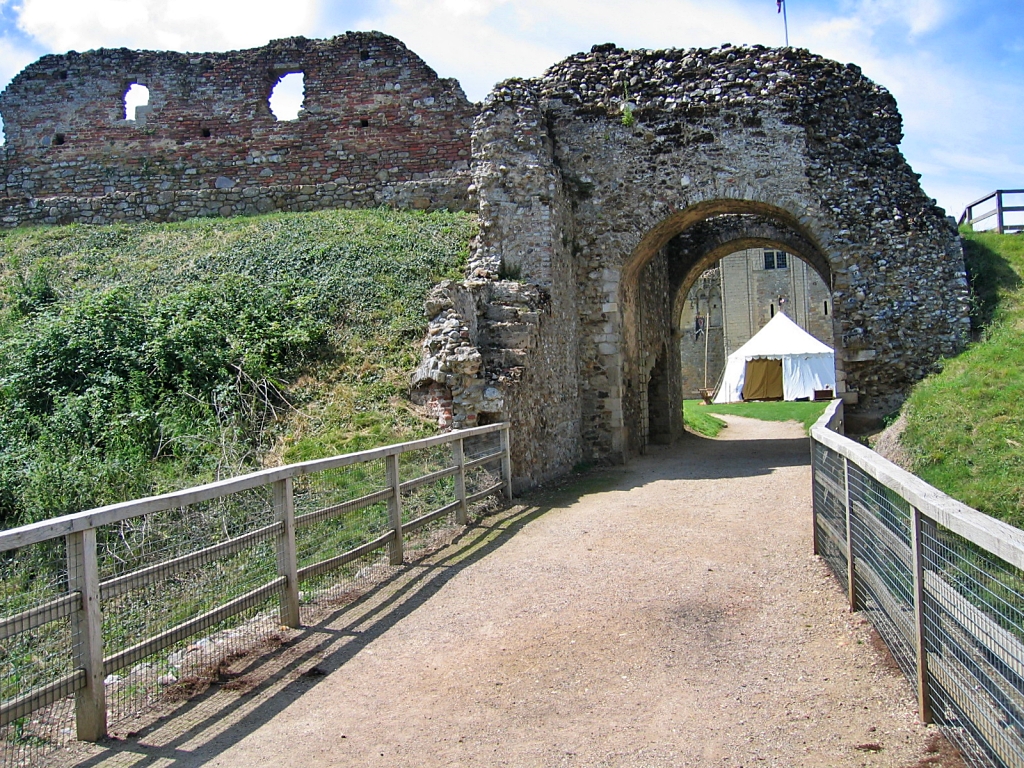 Castle Rising Gatehouse © essentially-england.com
Castle Rising Gatehouse © essentially-england.comOnce in the inner bailey, the keep just looks amazing. The entrance is through twin black doors, and you’re immediately drawn to the stairs that lead up to the Great Hall, private chambers, and chapel. Here you’ll start to notice how good the stonemasons were. I’m sure the decorative details will catch your attention as you walk into the waiting room.
Imagine waiting in this room with its stunning vaulted roof, before you're admitted to see the lord or chamberlain. I bet some very nervous people have been left waiting here for some time. The entrance into the Great Hall is through the Norman arched doorway, which since the Great Hall floor collapsed, has been bricked up and used as a fireplace.
Although the hall lacks its roof and floors, it's apparent that the Great Hall would have been the height of fashion back in the twelfth century. See if you can spot the throne niche!
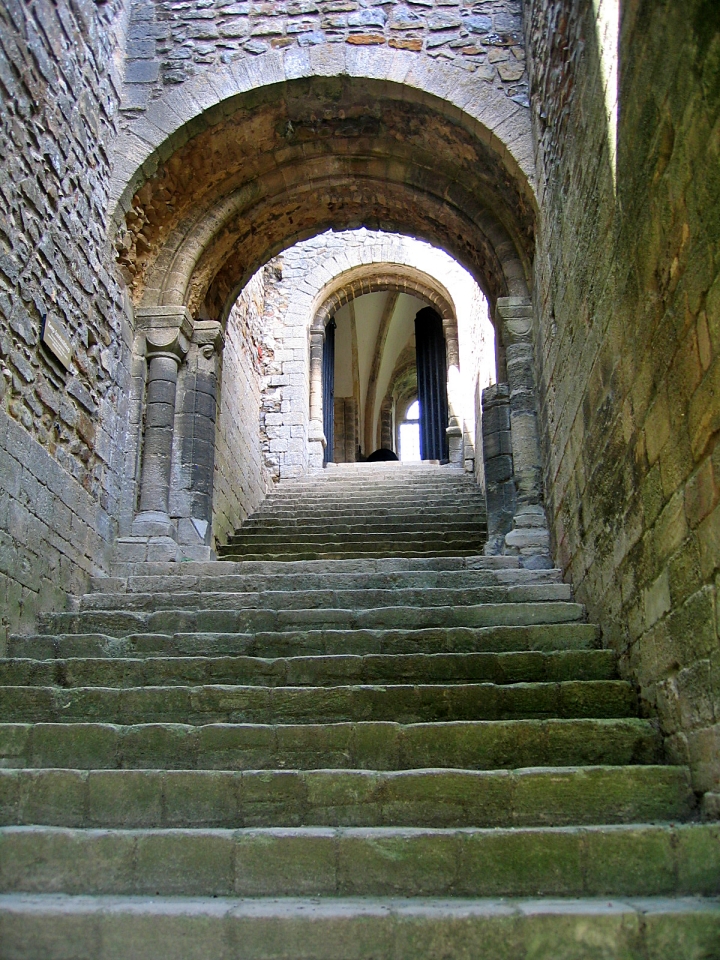 Steps Up To The Waiting Room © essentially-england.com
Steps Up To The Waiting Room © essentially-england.com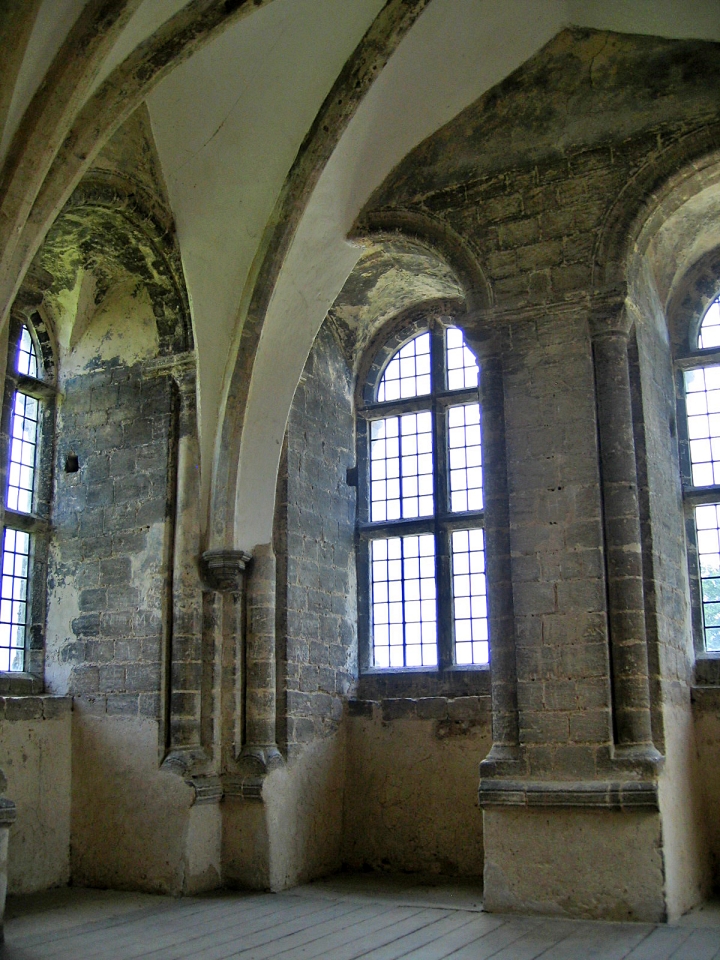 The Waiting Room © essentially-england.com
The Waiting Room © essentially-england.comAs you wander around the twists and turns of the passages and walkways, and up and down the stairs and steps, you’ll find all sorts of nooks and crannies. Some of the narrow passageways are within the width of the original walls and were dug out after the castle became derelict in the sixteenth century. Make sure you look out of the windows and arrow slits as there are excellent views!
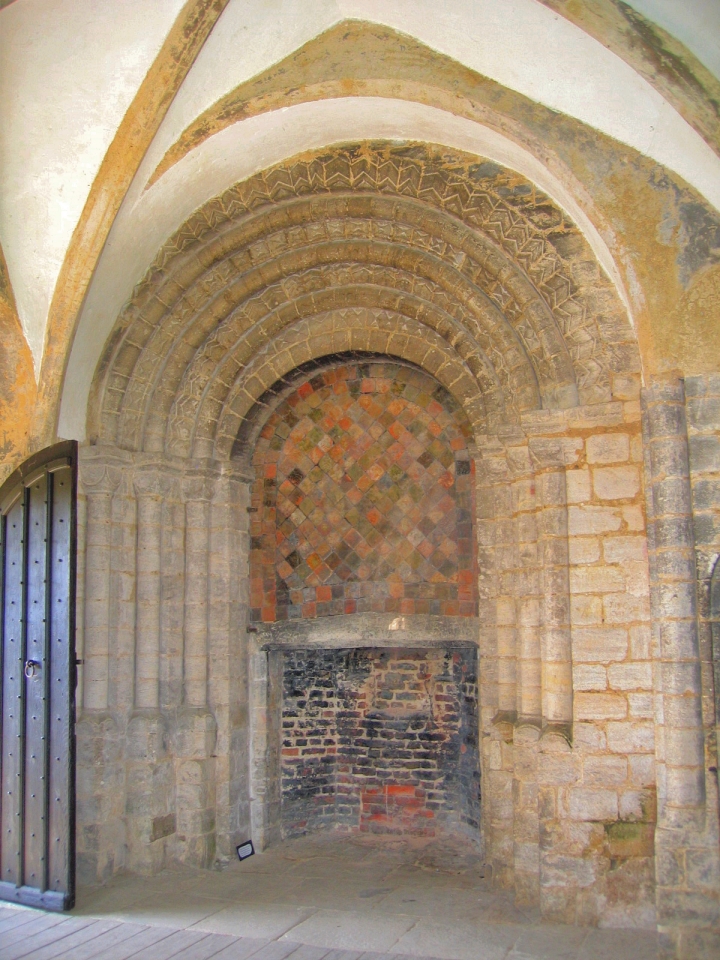 Norman Doorway Into The Great Hall © essentially-england.com
Norman Doorway Into The Great Hall © essentially-england.com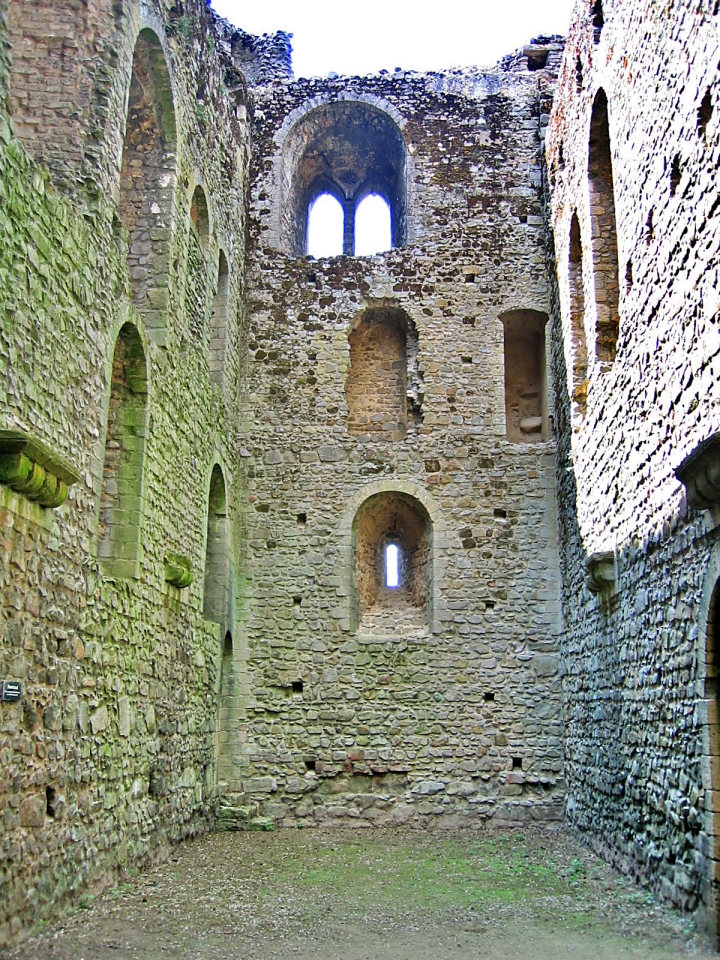 In The Basement of Castle Rising © essentially-england.com
In The Basement of Castle Rising © essentially-england.comLate Saxon or Early Norman Church?
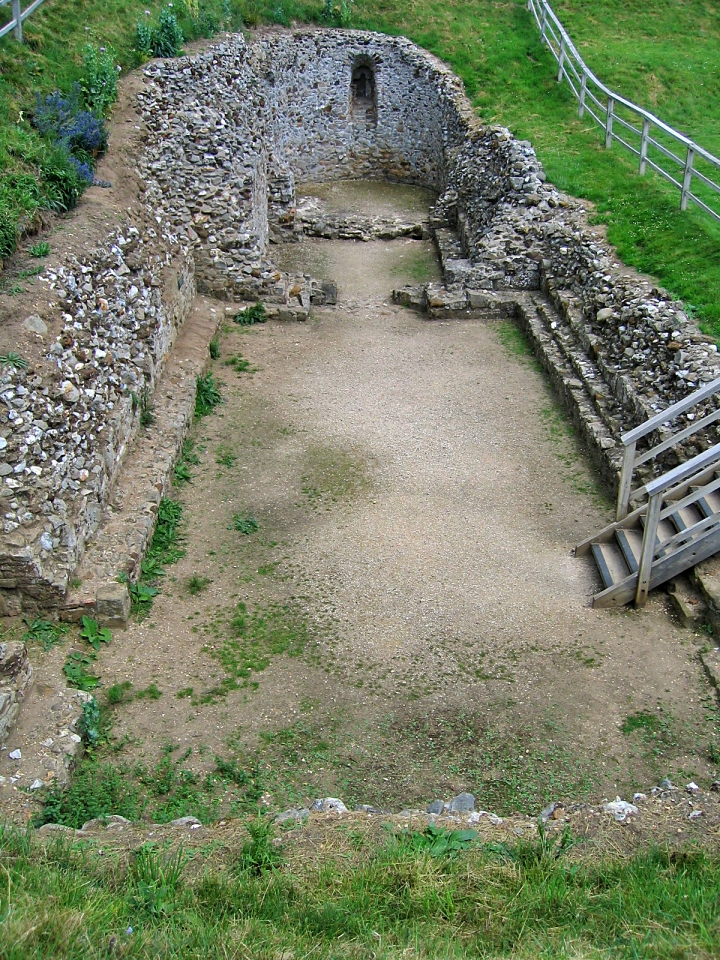 The Old Church © essentially-england.com
The Old Church © essentially-england.comWithin the inner bailey, close to the castle keep, are the stone ruins of what is either a late Saxon church, or early Norman church.
The church was built from local sandstone and roofed using Roman tiles and is believed to have consisted of a nave, tower, and chancel.
As the church is so close to the banked earthworks, it looks like it was abandoned during the building of the castle and a new church built within the village.
St. Lawrence Church
While visiting Castle Rising, don't forget to stop in the small village of the same name. In particular, the attractive parish church of St. Lawrence which was constructed around the same period as the castle and - like the castle - was built using fine materials and quality Norman techniques. Although the church has been changed and enlarged over the years, you can still see some of the best examples of late Norman stonework in the west front, nave, and lower part of the tower.
Just along from the church you can find a rather nice-looking market cross. It stands on the medieval market green, where the local people would buy and sell their wares and hold their annual fair. Castle Rising was granted licence to have a market in 1150 by King Stephen.
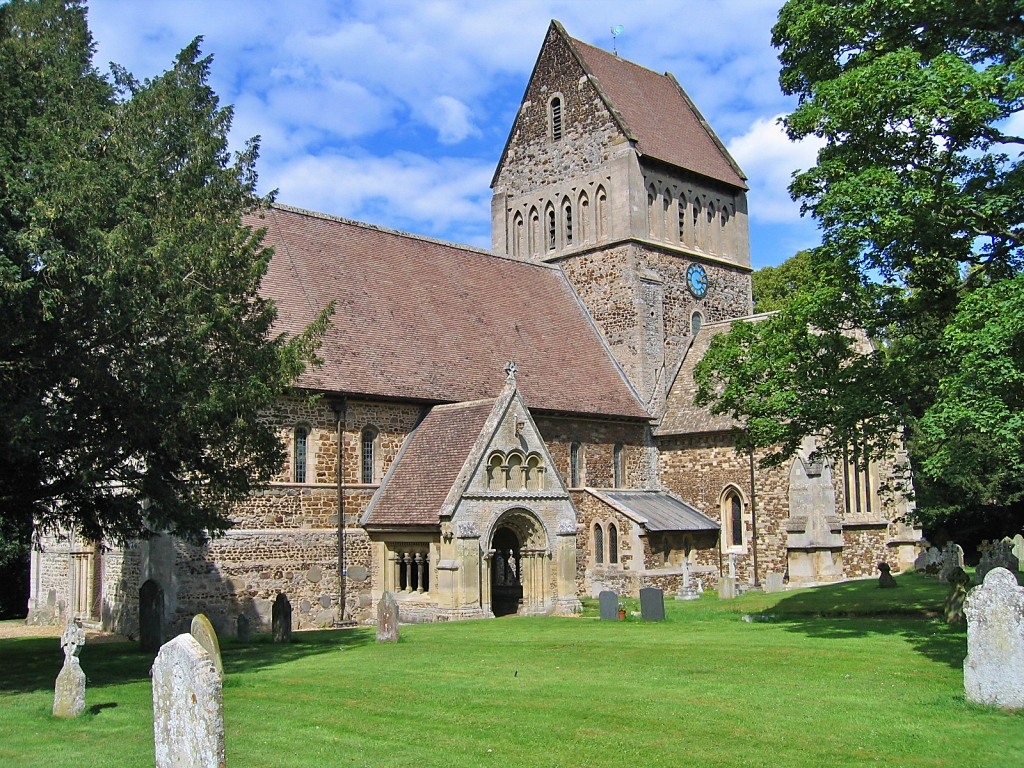 The Parish Church of St. Lawrence in Castle Rising © essentially-england.com
The Parish Church of St. Lawrence in Castle Rising © essentially-england.comFor more information on Castle Rising and to check the opening times please visit the English Heritage Castle Rising webpage.
Are You Planning a Holiday in Norfolk?
Where You Could Stay
Norfolk has no shortage of fabulous holiday accommodation whether you want to spend time on the beach, love boating or want to explore inland. You may covet a tiny fisherman's cottage like the one in Blakeney we kept returning to. You may like something larger and more modern like a loft overlooking the Norfolk Broads, or the right place for you may be a chic city apartment perfectly placed to explore Norwich...
To see other holiday cottages in Norfolk click here. Or check out holiday cottages in other parts of England by clicking here.
Or you could try a family orientated holiday resort in Lincolnshire as there's plenty of choice...
If you need to find a hotel, then try one of these search platforms...
What You Could See and Do
It's next to impossible to be bored in Norfolk, there's just so much to do and see. The list below includes some of our favourite places
- Explore Norwich with its shops and two cathedrals and pay a visit to Norwich Castle and its teapot museum.
- Visit Admiral Lord Nelson's birthplace at Burham Thorpe and read the report of the Battle of Trafalgar in a copy of The Times from 1805
- Spend a day at Sandringham and Castle Rising Castle
- Take a ride on the Holt to Sheringham Railway and explore the beautiful little town of Holt and the seaside town of Sheringham
- Explore the ruins of Castle Acre and Castle Acre Priory
- Shop in Burnham Market
- Wander around the small town of Blakeney, explore the church and harbour before making an attempt to reach the seals at Blakeney Point
- Admire the famous windmill and go birdwatching in Cley-next-the-Sea
- Be wowed by the rhododendrons in Sheringham Park
- Visit Anne Boleyn's family home, Blickling Hall, or explore Oxburgh Hall, a fabulous manor house with a moat.
- Go wildlife spotting while walking through the Cley marshes from Blakeney or to the small village of Morston and its quay.
- Or even fish for crabs and wander along the famous pier at Cromer.
For more inspiration try our Things to do in Norfolk page.
For more holiday ideas return from Castle Rising to the Norfolk page.
Or if you also love exploring English castles follow this link.





